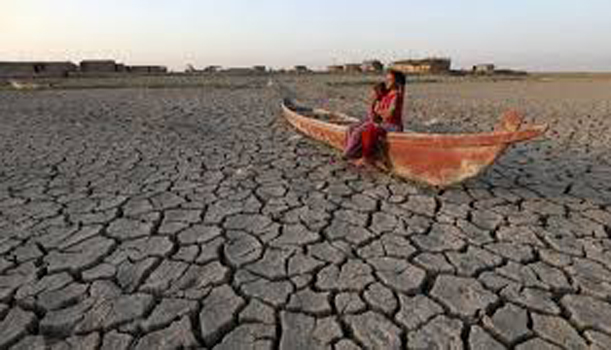Pakistan faces drought alert amid below average rainfall


The lack of rain has a major financial impact on the agriculture sector as it contributes nearly a quarter of Pakistan’s GDP and employs 37% of the national labour force.
From September 1, 2024, to March 21, 2025, Pakistan recorded 40% less rainfall than usual, according to an earlier PMD alert.
Sindh saw the severest shortfall at 62%, followed by Balochistan at 52%. Rainfall in Punjab was 38% below normal, Khyber Pakhtunkhwa saw a 35% deficit, and Azad Jammu & Kashmir received 29% less rain than average.
“Mild drought” prevailed in most of Punjab, all of Sindh and around half of Balochistan in January according to a PMD report published in January, with rapidly on-setting “flash droughts” predicted for the warmer months to come.
However, the recent spell of rain has improved conditions in central and northern regions, but drought persists in Sindh, southern Balochistan, and eastern Punjab.
The PMD warned of a severe water shortage in the Tarbela and Mangla dams, while March temperatures in southern areas have been 2 to 3 degrees Celsius above normal.
The situation is worsening in some southern regions, where dry spells have lasted over 200 consecutive days. The PMD cautioned that drought conditions could further deteriorate in affected areas.
Pakistan generally relies on water from the Indus river which bisects the country from north to south, where it empties into the Arabian Sea.
However, analysts say a fast-growing population, climate change and poor resource management with an over-reliance on a single water source are all spurring scarcity.
The drought comes less than three years since record monsoon rains caused devastating floods that left nearly a third of the country under water – including the major agricultural areas of Sindh and Punjab.
The country also suffers from choking smog in the winter season, caused by poor quality vehicle fuel and farmers burning off crop remnants, with cold weather trapping pollution close to the ground.
Rain typically offers temporary reprieve by dampening down airborne particles, but the dry weather has seen Punjab province blanketed by smog with hazardous health effects.
Leave a Comment